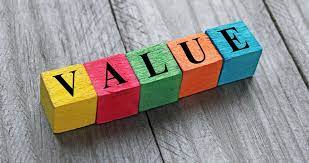How does the economic system work?
What causes the system to fall apart and people act in ways that don’t make any sense?
Why does it seem like we’re growing more historically than we sometimes think?
We’ll be exploring these topics and more through an introduction of microeconomics.
When we talk about the economy we mean a system that creates goods and services that people use to solve problems or create goods and services of their own. Economics studies the production, distribution, and consumption of goods and services.
The United States has a market economy which means that there is no central authority determining what products and services are sold. Rather that is determined by a collection of individuals and organizations. The alternative is a command economy which there is a central group that makes all of these decisions to me which wouldn’t be so great. Although people may think that a market economy is chaotic it is actually a lot more orderly than a command economy is – this concept is generally referred to as the invisible hand.
Within a market economy are individuals making decisions about what to produce and purchase. We call a study of these individuals in the market economy microeconomics.
While the invisible hand works well in most scenarios there are still market failure phenomenon where the pursuit of one’s own interest over the interest of the society as a whole causes everyone to be worse off. Therefore, to me this means that if we want a truly efficient market we as individuals must balance pursuing things that are good for ourselves and others. That said, there will always be failures in the market in some form and as a result there are fluctuations. When there are market really falls apart we call this a recession. Although there are sometimes recessions generally there are more up times than down. This is pretty good.
I’d say that’s good as an intro – We’ll continue our review of MicroEconomics and find out. Thank you for reading and check out our other content on the site!

